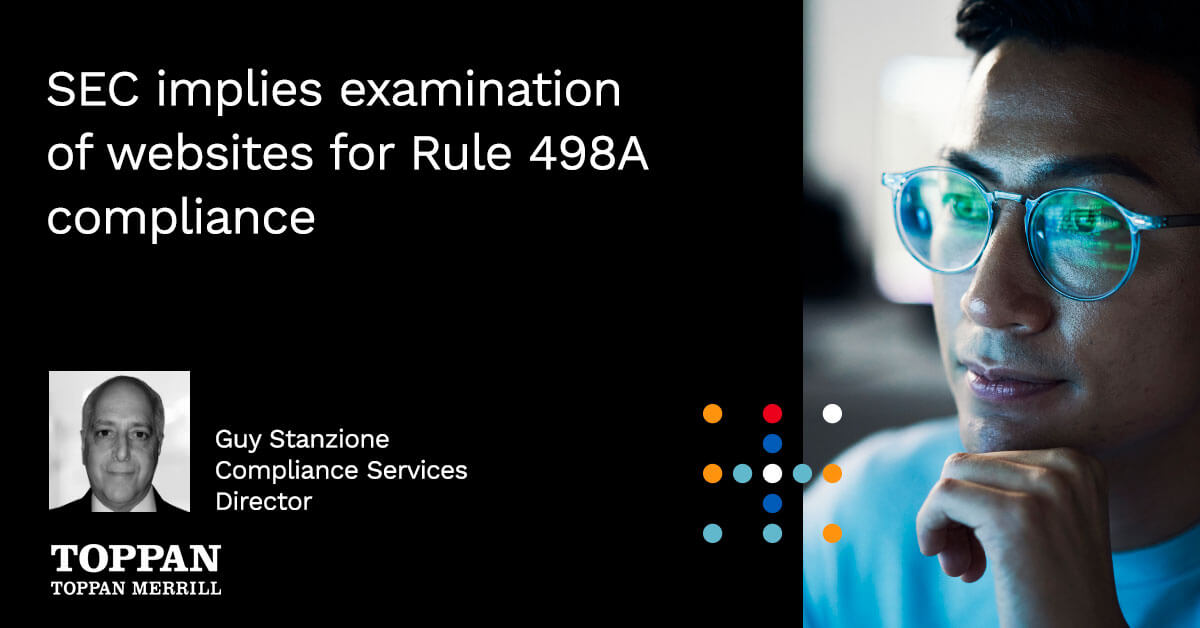Recently, the Securities and Exchange Commission adopted Rule 498A, including form amendments, which intends to modernize disclosure requirements and allow investors to make more informed decisions about variable annuity and variable life insurance contracts.
According to the Commission, the changes leverage both technology and a layered disclosure approach to improve the ability of investors to understand and evaluate variable contracts.
“With today’s technology and the benefits of layered disclosure, investors should not have to work through hundreds of pages of disclosure to understand these products’ risks, fees, and features in order to make informed investment decisions,” said SEC Chairman Jay Clayton.1
Part of this new rule, which the SEC Chairman is referring to becomes effective July 1, 2020, and permits options to help institutions meet their current prospectus delivery requirements, they include:
- Variable contracts can provide the summary prospectus to satisfy the prospectus delivery obligation.
- Variable contracts can make the prospectuses and related documents for underlying mutual funds available online to satisfy the prospectus delivery obligation.
What Does this mean for Financial Institutions?
Variable contract prospectuses have become far too lengthy and difficult for investors to navigate. Some financial institutions offer 100 or more such funds for their variable contracts. As a result, today’s variable contract prospectus packages have become so voluminous that they are often humorously referred to as “phonebooks.”
The overriding principle is that financial institutions and their IT organizations are continually preparing for change — and where information in digital formats come first. For this to happen, legacy IT systems are consistently being tasked with add-ons and fixes. It may appear logical to continue to support core mainframe systems, given the potential disruption and perceived cost of transition to something different. But if the existing platform could be replicated at half the cost, would the logic still apply? What about the cost of training or hiring additional personnel to accommodate ongoing regulation requirement?
In today’s ever-evolving environment of securities regulation, more time and attention is required than ever before, as such, companies these days are actively looking for support to complement not only IT resources but also reduce the burden on work management and human capital resources.
Toppan Merrill is here to help.
Should you have questions about the 1940 Securities Act and the compliance requirements for investment companies, visit ToppanMerrill.com, connect with us via [email protected] or by phone at 800.688.4400.



